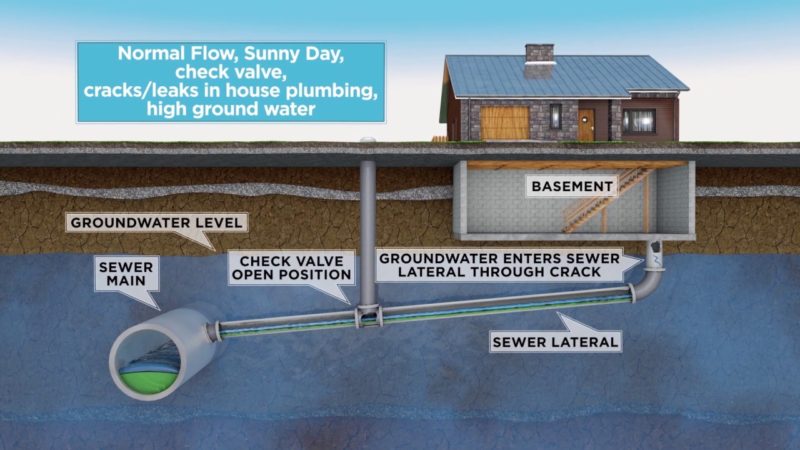Backflow. It’s something that happens within your home, but it’s never a good thing. This can occur when the plumbing system is congested at the cross-sections, stopping the water flow in one direction—usually away from your home—and sending it back to where it came from. Even when you are not seeing signs of backflow, it could be causing trouble for your household.
So how do you know your home is the victim of plumbing backflow? How can you prevent it?
We have the answers.
The Problem With Backflow
Although this could seem like an issue that will simply go away with some drain cleaner, you couldn’t be farther from the truth. Backflow causes serious health problems, because it can contaminate your drinking water and even emit foul odors that travel back through the pipes.

Since this problem is a severe risk to health, the government now requires properties like your home to have prevention devices installed on the premises. These devices protect you, your family, and even the region where you live, since backflow affects more than one house.
Devices like vacuum breakers and air gaps are often installed as prevention measures. You can also have a professional plumber visit to perform routine maintenance.
Pressure Vacuum Breakers & Backflow
Preventing this can be as easy as keeping the pressure in the pipes in equilibrium. Any small fluctuation in air pressure can cause a problem. That is where pressure vacuum breakers come into play. These devices work by automatically opening and closing valves in a vented chamber to adjust the air pressure in the pipes.
Air Gaps & Backflow
The second method for preventing backflow are air gaps. An air gap is put between the drinking water lines and the drainage lines. Since air is placed between the two lines, it ensures that contaminated and clean water never touch.
Tundishes, also know as pouring boxes or pouring basins, can also be installed near the pressure release valves of your pipes to create air gaps. A tundish is a great counter measure, because you can find them in many shapes and sizes, so they can fit into any angle you can imagine.

Choosing The Best Option For You
Although many people immediately opt for pressure vacuum breakers, these are not always a solid choice. Some regions that experience cold winters should think of another option, like air gaps. Vacuum breakers can be damaged by freezing temperatures.
Either way, preventing backflow into your home is necessary. If you are unsure of what your home requires, be sure to visit The Irish Plumber for more information about this topic. They are friendly plumbing pros on standby to answer your questions.


